Nintendo Consoles: Complete Release Date Timeline
- By Anthony
- May 17,2025
Nintendo stands as a titan in the realm of video games, renowned for its pioneering spirit and unwavering commitment to innovation. From the early days of home console gaming, Nintendo has consistently delivered a rich tapestry of iconic intellectual properties that continue to captivate fans decades later. With an exciting lineup of upcoming titles, the company's momentum shows no signs of waning. As we eagerly anticipate the launch of the Nintendo Switch 2, it's the perfect moment to reflect on the illustrious history of Nintendo's console evolution.
Below, we've compiled a comprehensive list of every console Nintendo has ever released, inviting you on a nostalgic journey through their groundbreaking contributions to the gaming world.
AnswerSee Results*Looking to save on a new Nintendo Switch or new titles for your system? Be sure to check out the best Nintendo deals available today.*
How Many Nintendo Consoles Have There Been?
In total, Nintendo has released **32 consoles** over the years, with the forthcoming Switch 2 poised to become the 33rd. This count includes various revision models for both home and handheld systems, such as the XL and Mini editions.
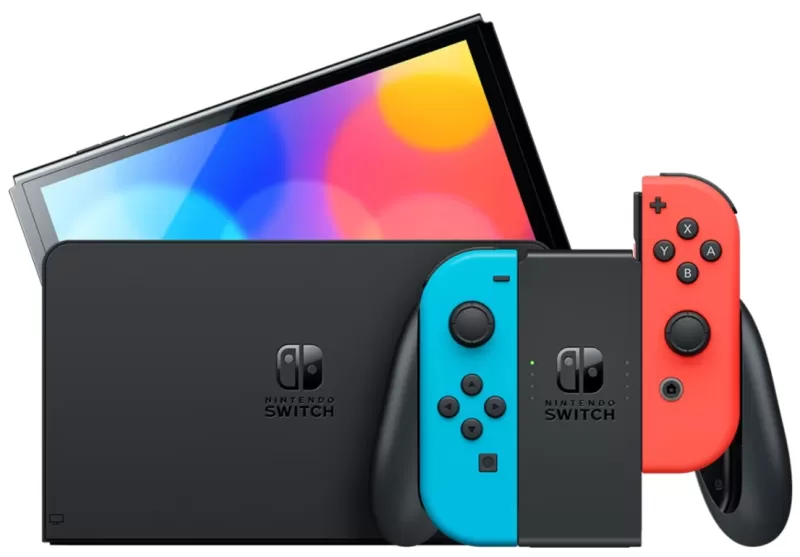 Latest Model
Latest Model
Nintendo Switch OLED (Neon Blue & Red)
4See it at Amazon
Every Nintendo Console in Order of Release
Color TV-Game - June 1, 1977

The Color TV-Game series marked Nintendo's initial venture into gaming hardware, a collaboration with Mitsubishi Electronics due to Nintendo's lack of hardware development experience. These systems were a resounding success at the time, steering Nintendo towards a future deeply rooted in gaming innovation. Even today, nearly half a century later, the legacy of the Color TV-Game resonates within Nintendo's ongoing commitment to gaming excellence.
Game & Watch - April 28, 1980
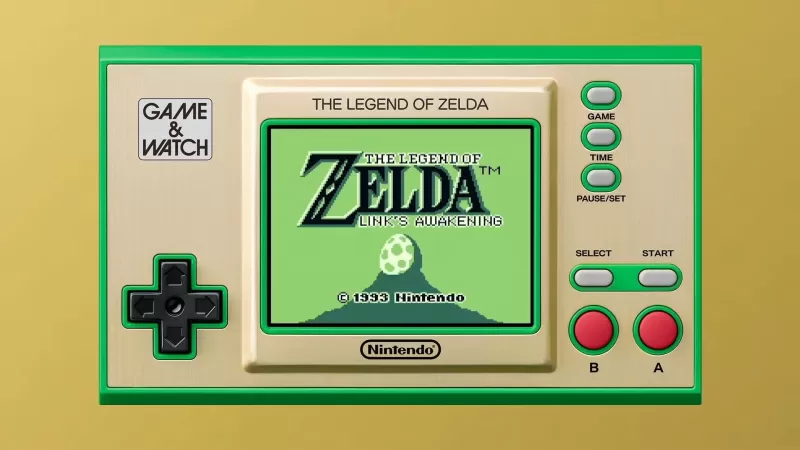
Nintendo's first step into the handheld market came with the Game & Watch devices, each featuring unique games. These units sold over 40 million units worldwide, introducing groundbreaking features like the D-Pad in the Donkey Kong Game & Watch. The series saw a revival in 2020 and 2021 with limited edition models celebrating the anniversaries of Mario and Zelda.
Nintendo Entertainment System - October 18, 1985

The Nintendo Entertainment System (NES), known as the Family Computer (Famicom) in Japan, was Nintendo's first home console in North America. It revolutionized gaming with cartridge-based games, launching legendary franchises like Super Mario, The Legend of Zelda, and Metroid. The NES is a cornerstone in video game history, setting the stage for future generations of gaming.
Game Boy - July 31, 1989
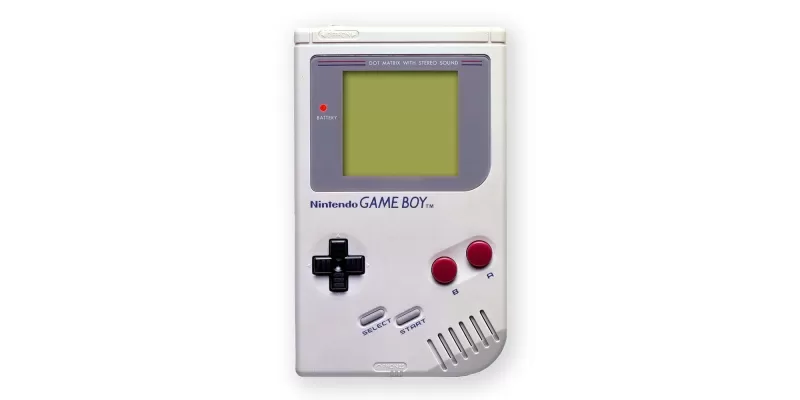
The Game Boy was Nintendo's first true handheld console, released in North America in the summer of 1989. It advanced beyond the Game & Watch by supporting cartridges, allowing players to enjoy a vast library of games. Tetris, famously bundled with the console in most regions except Japan, became synonymous with the Game Boy experience.
Super Nintendo Entertainment System - August 23, 1991

The Super Nintendo Entertainment System (SNES) introduced 16-bit graphics to Nintendo's platform, ushering in significant advancements for their major franchises. Titles like Super Mario World and Donkey Kong Country showcased the system's capabilities. Despite entering the market later in its generation, the SNES became the best-selling console of its time, thanks to its exceptional software library and broad appeal.
Virtual Boy - August 14, 1995
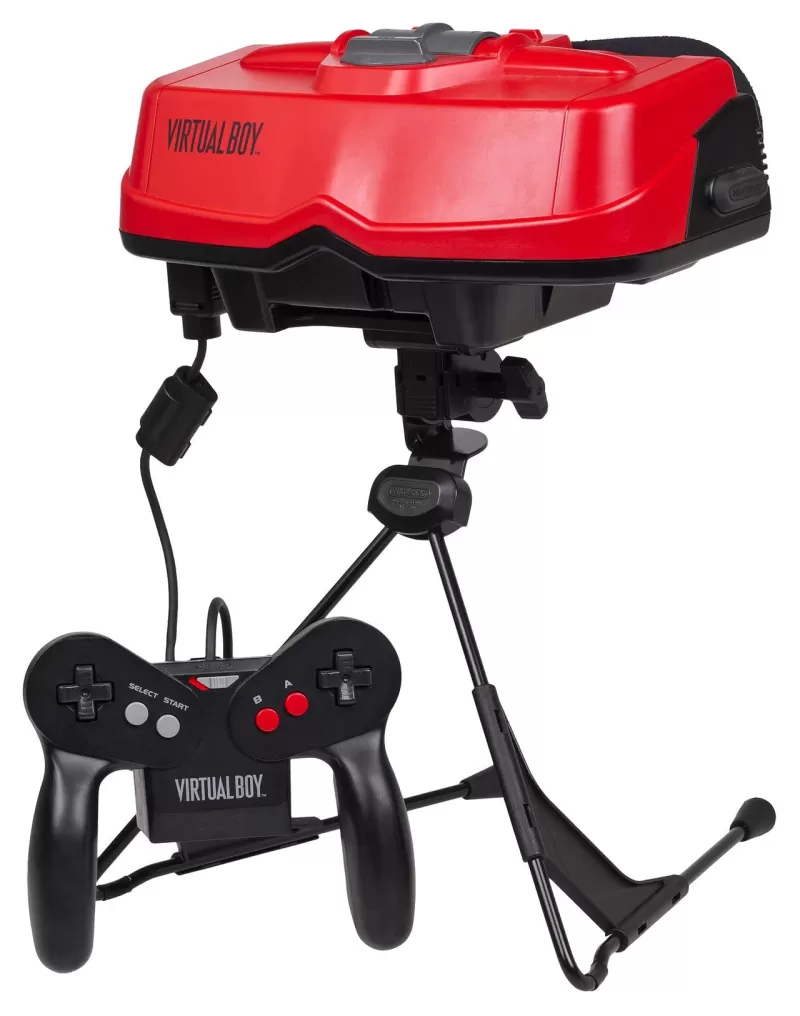
The Virtual Boy stands out as one of Nintendo's most unusual consoles, being the first to offer 3D visuals. With only 22 games released, including notable titles like Mario's Tennis and Virtual Boy Wario Land, the system was short-lived, selling just under 800,000 units before being discontinued after a year.
Game Boy Pocket - September 3, 1996
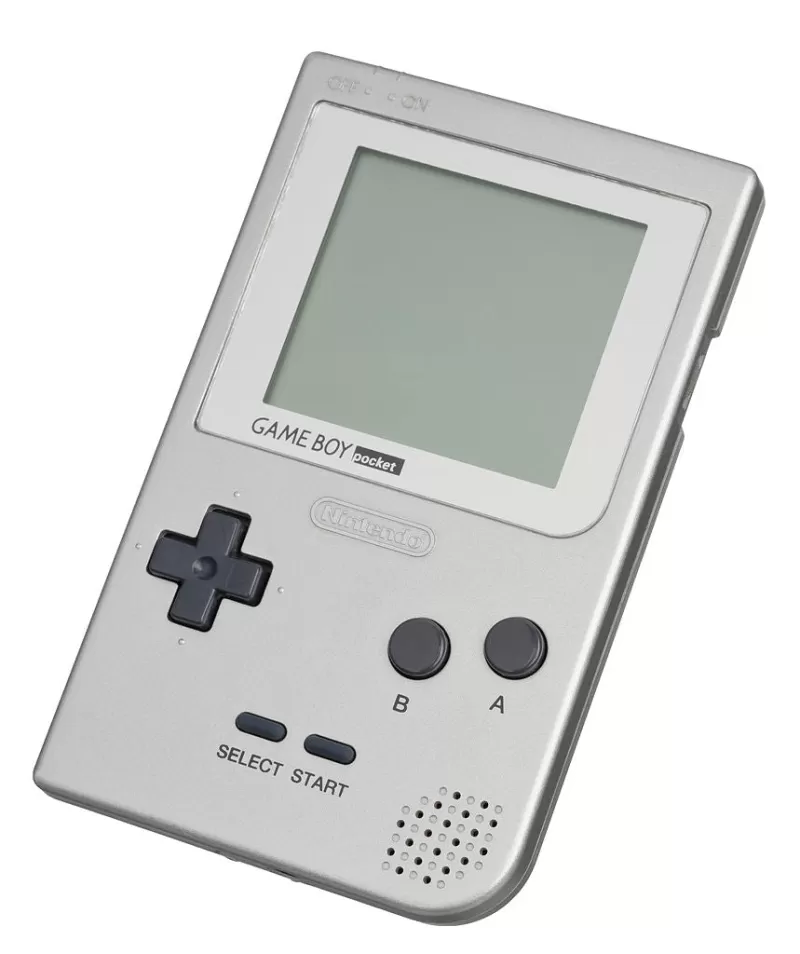
The Game Boy Pocket offered a smaller, sleeker design compared to its predecessor, featuring a sharper black-and-white screen. It also boasted improved hardware for better display response time, though its battery life was shorter due to its compact size.
Nintendo 64 - September 29, 1996

The Nintendo 64 brought 3D graphics to Nintendo's home consoles with groundbreaking titles like Super Mario 64 and The Legend of Zelda: Ocarina of Time. Its innovative controller introduced the analog stick, revolutionizing game control. The N64's legacy includes numerous iconic special editions, many featuring translucent designs.
Game Boy Light - April 14, 1998
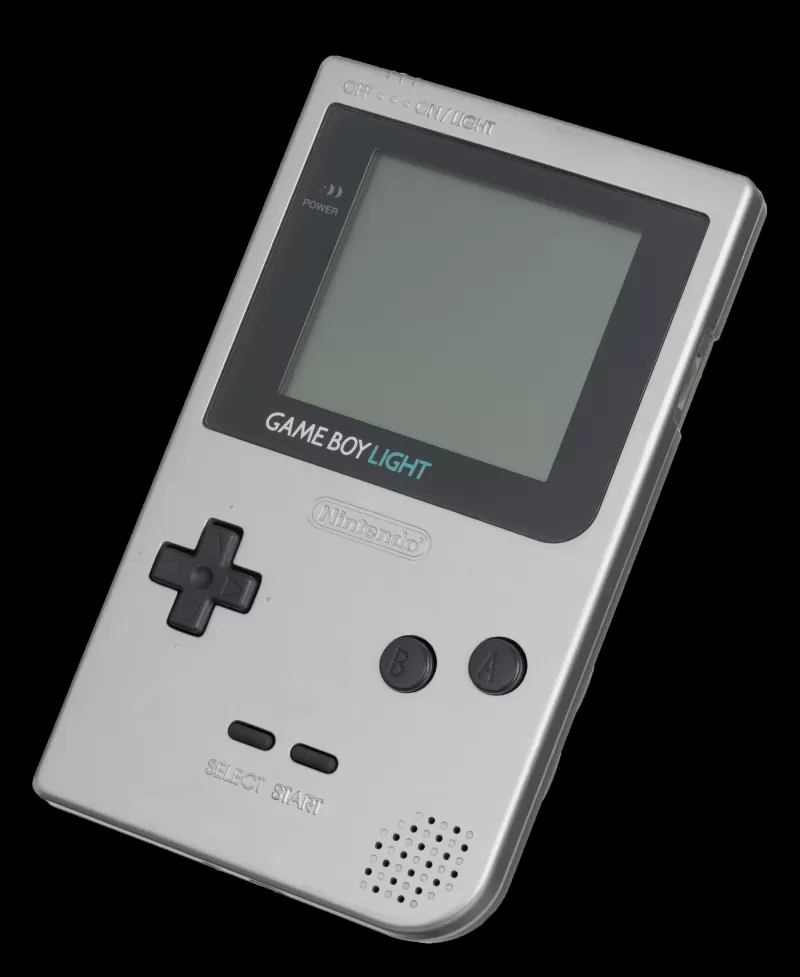
Exclusive to Japan, the Game Boy Light was a larger revision of the Game Boy Pocket but included a backlight for playing in dim conditions. This feature extended its battery life to around 20 hours, surpassing the Game Boy Pocket's performance.
Game Boy Color - November 18, 1998
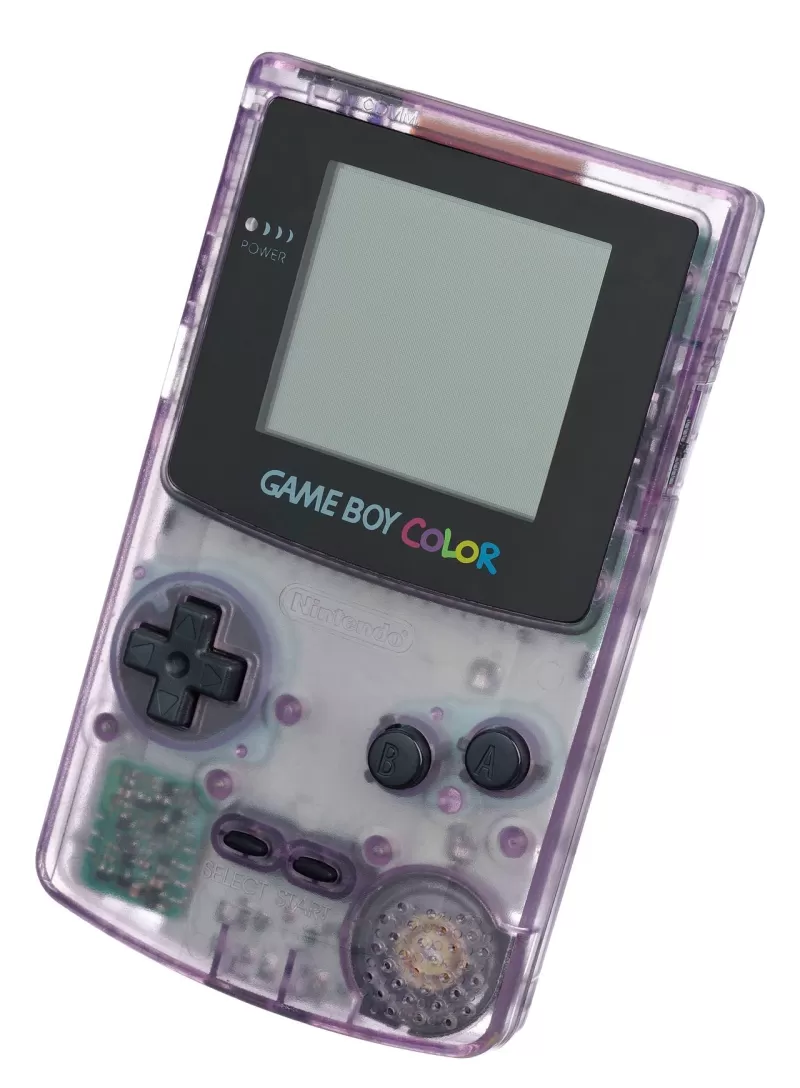
The Game Boy Color brought vibrant color to Nintendo's handhelds while maintaining backward compatibility with original Game Boy games. This allowed for new experiences with existing titles, like Tetris, and the launch of hundreds of new games designed for the color display.
Game Boy Advance - June 11, 2001
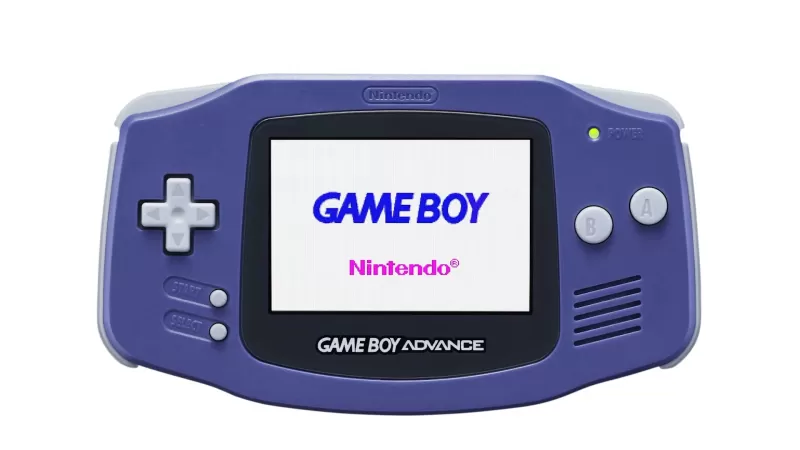
The Game Boy Advance (GBA) represented a significant leap in handheld technology for Nintendo, adopting a horizontal design and supporting 16-bit graphics. It was backward compatible with Game Boy and Game Boy Color games, expanding the available library to thousands of titles.
Pokémon mini - November 16, 2001
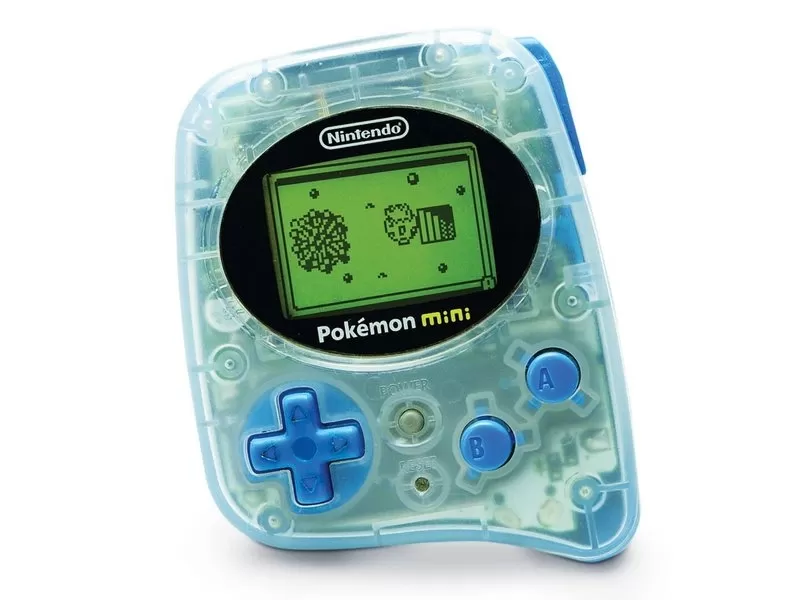 Image Credit: GamesRadar
Image Credit: GamesRadar
The Pokémon mini was a tiny handheld console focused solely on Pokémon games. Despite its small size, it featured a clock, infrared communication, and rumble capabilities. Only 10 games were released, with just four reaching North America.
Nintendo GameCube - November 18, 2001
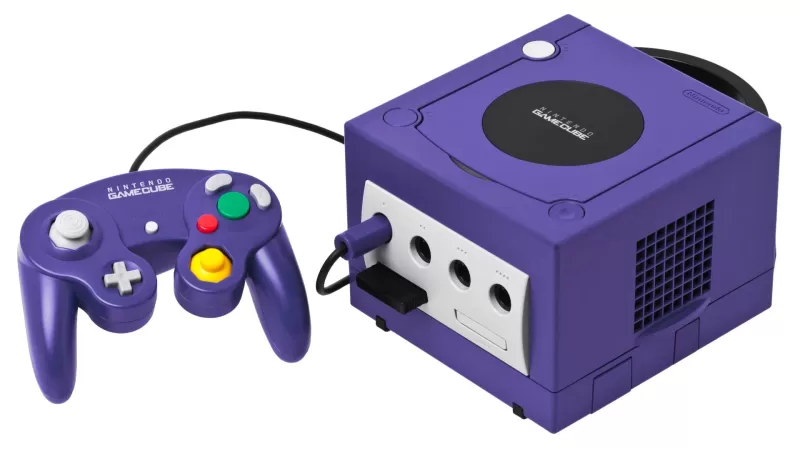
The Nintendo GameCube continued the legacy of the Nintendo 64, offering sequels to popular franchises such as Super Mario Sunshine and The Legend of Zelda: Wind Waker. It transitioned to disc-based media and introduced an ergonomic controller with built-in rumble and analog/digital triggers. The GameCube's influence endures, with franchises like Animal Crossing gaining even greater popularity today.
Panasonic Q - December 14, 2001

The Panasonic Q was a unique collaboration between Panasonic and Nintendo, combining GameCube functionality with a DVD player. Its sleek stainless steel design and front LCD panel were distinctive, but its high price led to limited sales and a short market life of two years.
Game Boy Advance SP - March 23, 2003
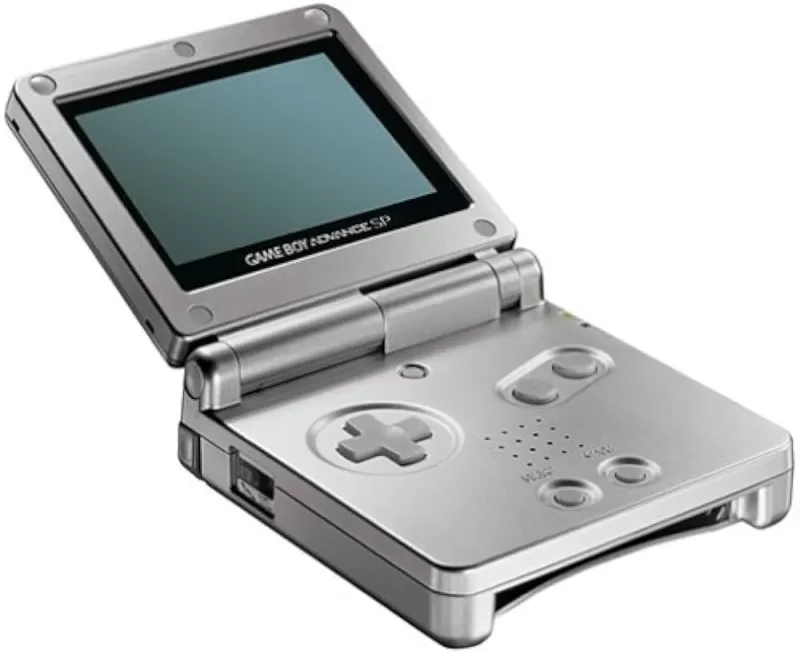
The Game Boy Advance SP featured a clamshell design, moving the screen to the top panel and the controls to the bottom. It introduced a rechargeable battery and, in later models, a backlit screen, although it lacked a headphone jack, requiring an adapter for audio output.
Nintendo DS - November 21, 2004
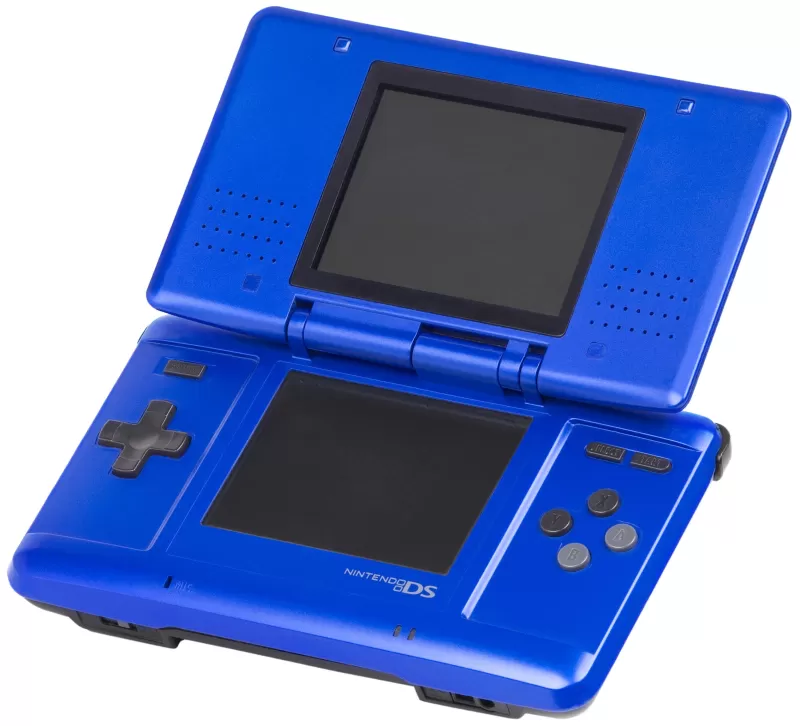
The Nintendo DS launched the best-selling DS line, introducing Wi-Fi support and a dual-screen design with a touchscreen. This innovation allowed for unique gaming experiences, utilizing the bottom screen for interactive gameplay with a stylus pen.
Game Boy Micro - September 19, 2005
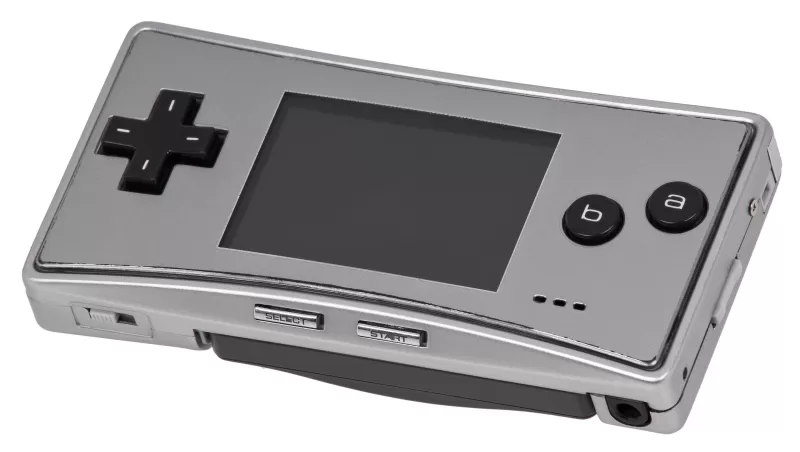
The Game Boy Micro, unveiled by Reggie Fils-Aimé at E3 2005, was remarkably small yet packed with features. It included a backlit screen with adjustable brightness and was backward compatible with Game Boy and Game Boy Color games, in addition to Game Boy Advance titles. Despite its innovation, it sold only 2.42 million units before production ceased.
Nintendo DS Lite - June 11, 2006
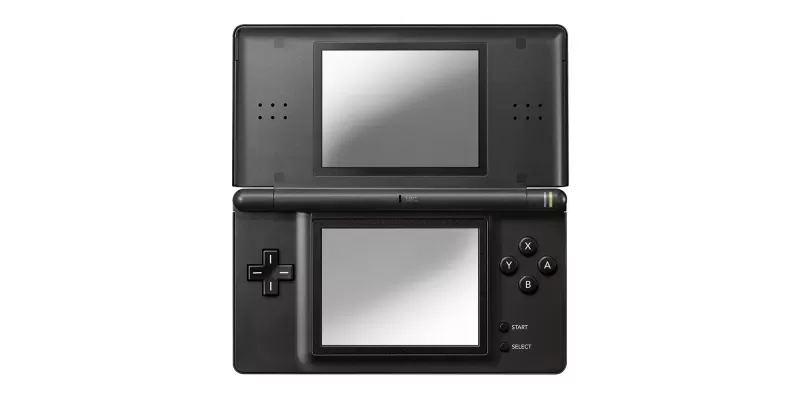
The Nintendo DS Lite, released shortly after the original DS, was slimmer and lighter with brighter screens and improved battery life. These enhancements made it easier to enjoy games in various lighting conditions.
Nintendo Wii - November 19, 2006
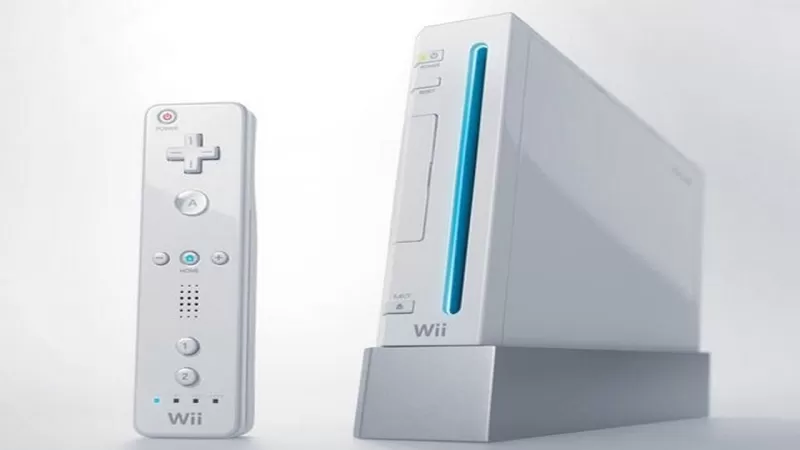
The Nintendo Wii revitalized Nintendo's home console market with its focus on motion controls via the Wii Remote. It supported a range of accessories like the Nunchuk and Wii MotionPlus, and was backward compatible with GameCube games. The Wii's Virtual Console allowed players to purchase and play classic titles from previous Nintendo systems.
Nintendo DSi - November 1, 2008

The Nintendo DSi added cameras and an SD card slot to the DS line, enhancing its multimedia capabilities. However, it removed the Game Boy Advance slot found in earlier models.
Nintendo DSi XL - November 21, 2009
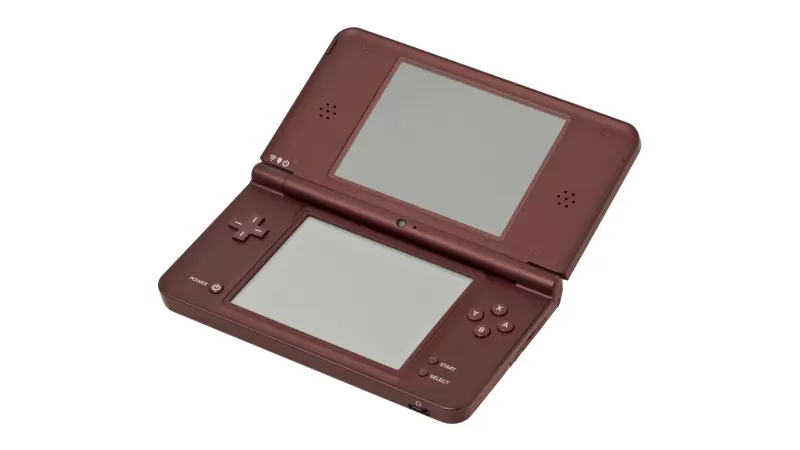
The Nintendo DSi XL offered larger, wider screens and improved audio with dual top speakers. Its extended battery life and larger display enhanced the gaming experience for DS titles.
Nintendo 3DS - March 27, 2011
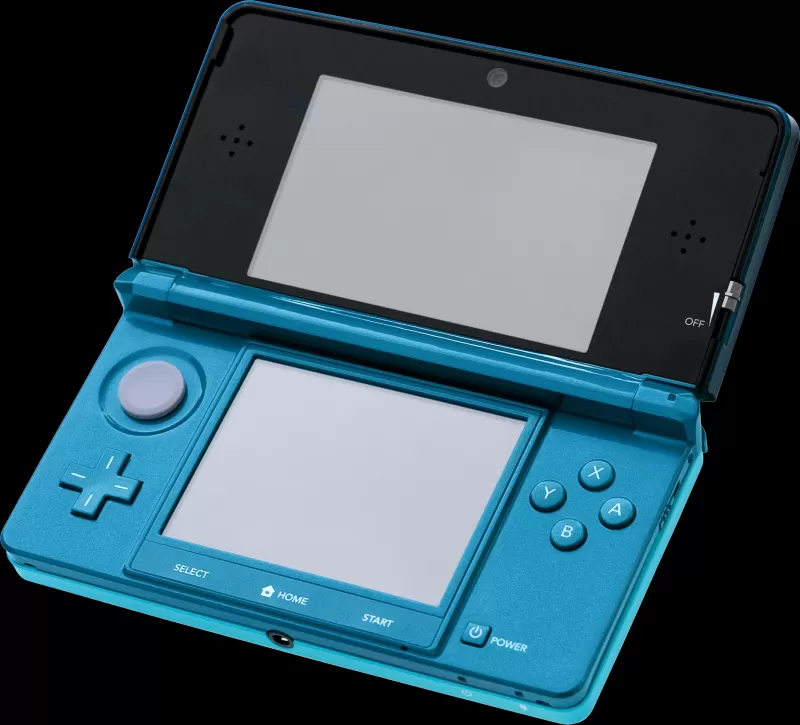
The Nintendo 3DS advanced the DS series with stereoscopic 3D capabilities, no glasses required. It featured a robust lineup of games, including The Legend of Zelda: A Link Between Worlds and Super Mario 3D Land, marking a significant upgrade from its predecessor.
Nintendo 3DS XL - August 19, 2012
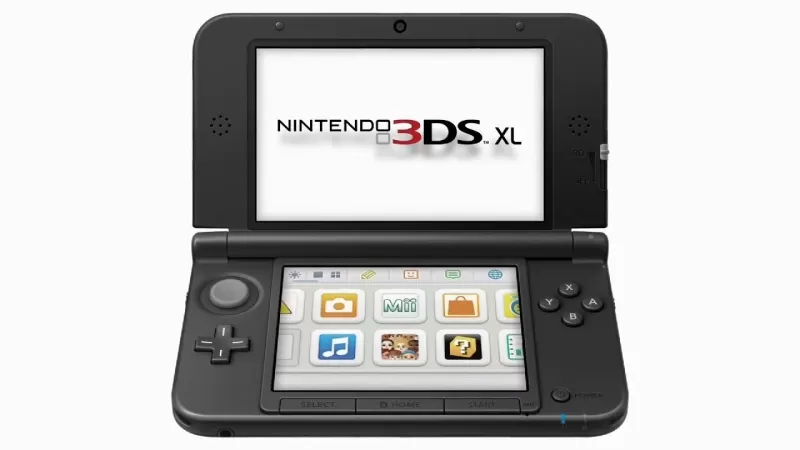
The Nintendo 3DS XL offered a 90% larger screen than the original 3DS, improving visibility and gameplay immersion. It retained all the features of the 3DS while providing a larger viewing experience.
Nintendo Wii U - November 18, 2012

The Nintendo Wii U succeeded the Wii, introducing the GamePad controller with an integrated screen for off-TV play. It was the first Nintendo console to support HD graphics and offered a strong lineup of games, including Xenoblade Chronicles X and Super Mario 3D World. Despite its potential, poor marketing and confusion about its identity led to underwhelming sales.
Nintendo Wii Mini - December 7, 2012
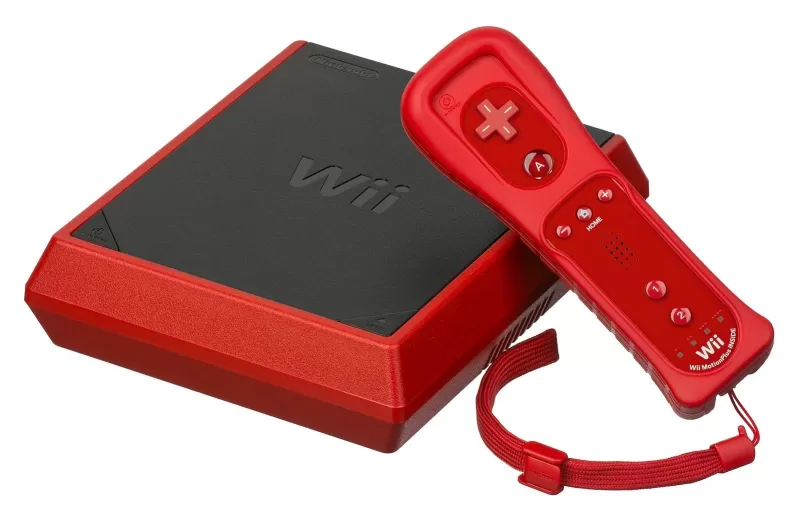
The Wii Mini was a compact version of the Wii, released at the end of its lifecycle. It featured a top-loading disc drive but omitted GameCube support, Wi-Fi, 480p resolution, and SD card slots.
Nintendo 2DS - October 12, 2013
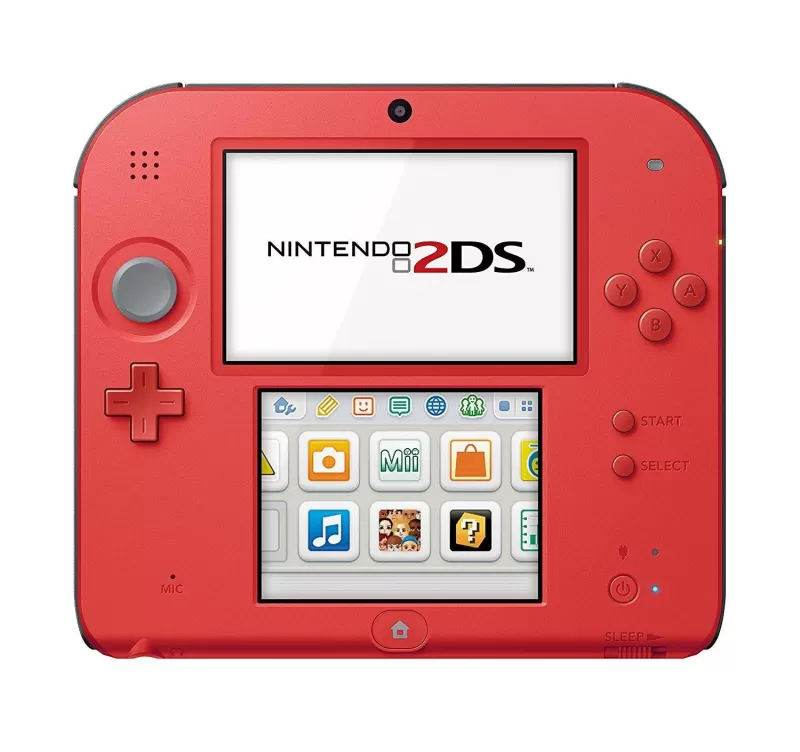
The Nintendo 2DS offered a more affordable entry into the 3DS family by removing 3D capabilities and adopting a flat design. While it sacrificed some sound quality with a mono speaker, it maintained compatibility with all 3DS games.
New Nintendo 3DS - October 11, 2014
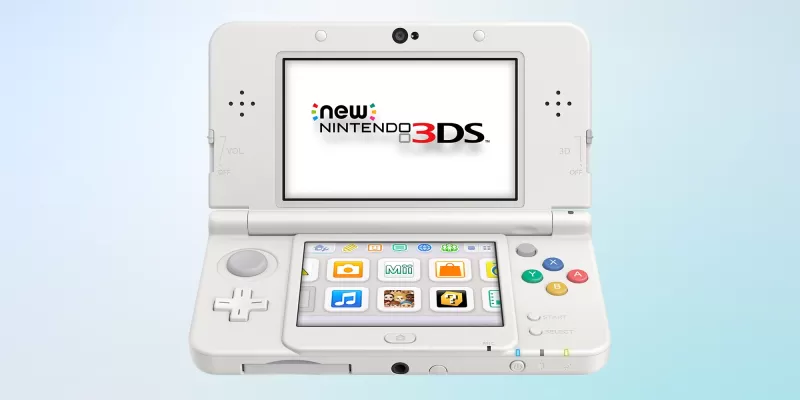
The New Nintendo 3DS enhanced the original 3DS with additional controls like the C-Stick and ZR/ZL buttons, along with NFC support for amiibo. Its release was staggered across different regions, with North America receiving it later.
New Nintendo 3DS XL - February 13, 2015
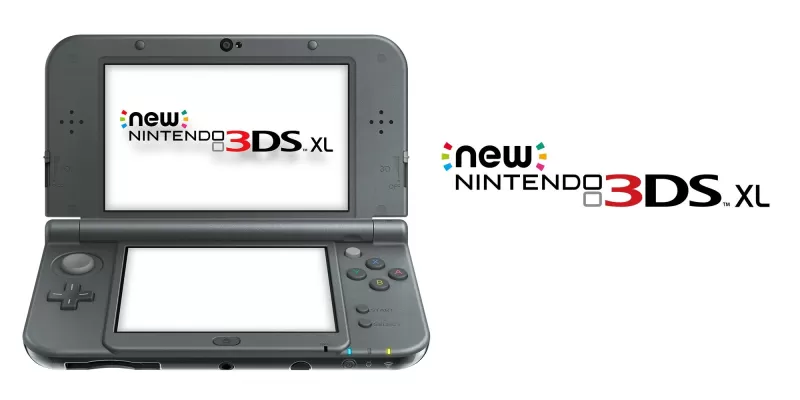
The New Nintendo 3DS XL featured even larger screens than the standard New 3DS, offering an even more immersive gaming experience. It removed the ability to swap face plates but compensated with multiple special edition designs.
Nintendo Switch - March 3, 2017
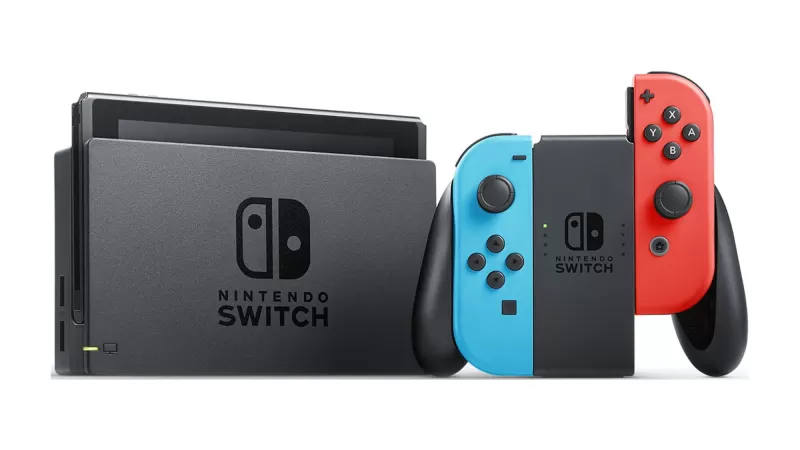
The Nintendo Switch realized the vision of the Wii U, blending home and portable gaming into one seamless experience. Its versatile design allows for gaming on the go, supported by a stellar first-party library that includes some of the greatest games of all time.
New Nintendo 2DS XL - July 28, 2017
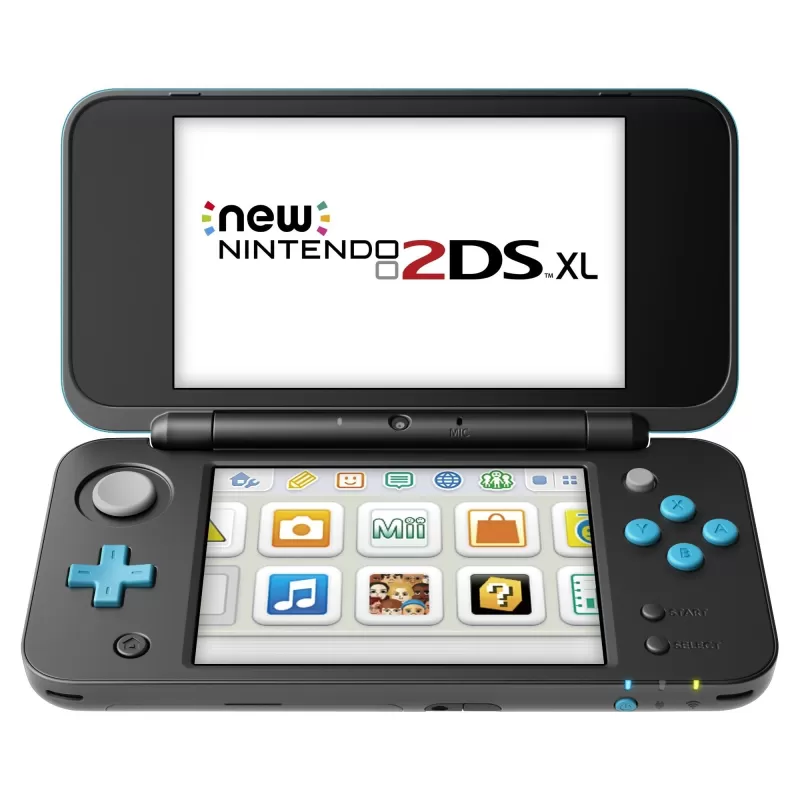
The New Nintendo 2DS XL upgraded the 2DS with an analog stick, shoulder buttons, and amiibo support, returning to the clamshell design. It also played New 3DS titles, expanding the gaming library for users.
Nintendo Switch Lite - September 20, 2019
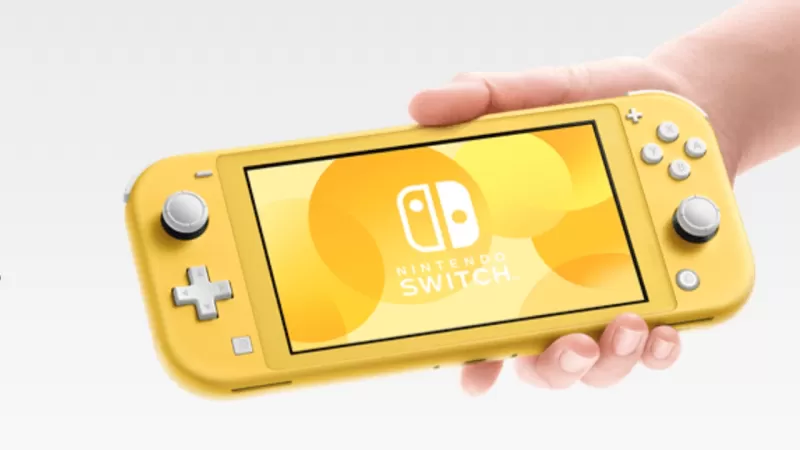
The Nintendo Switch Lite offered a more compact and affordable version of the Switch, focusing solely on handheld play with built-in controllers. This design allowed for a $100 price reduction compared to the original Switch.
Nintendo Switch OLED model - October 8, 2021
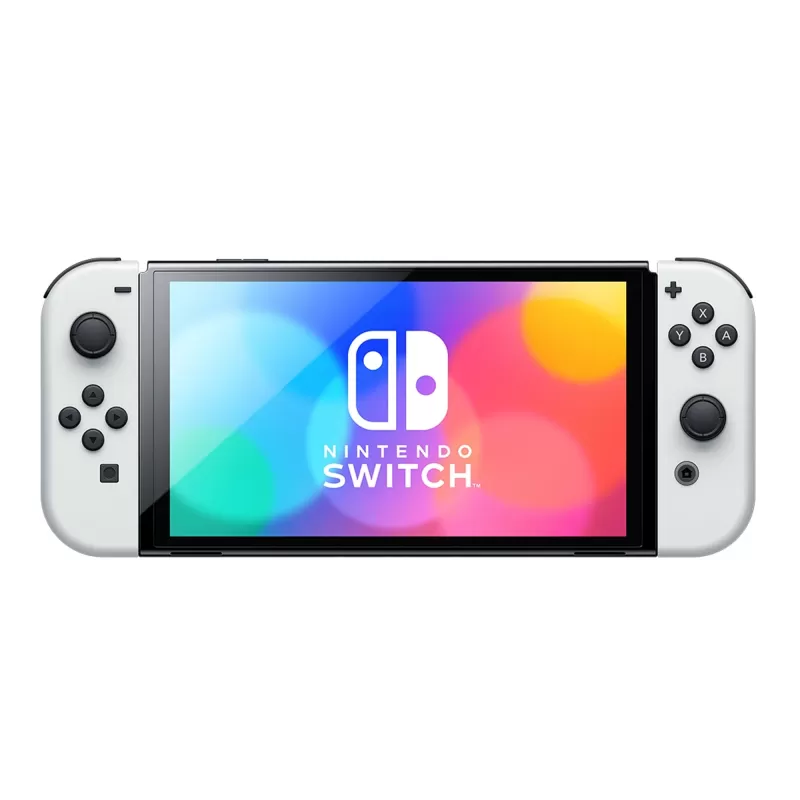
The Nintendo Switch OLED model upgraded the display to a 7-inch OLED panel, improving visuals and audio. It also included a new dock with rounded corners and a LAN port, enhancing connectivity options.
Upcoming Nintendo Consoles
After years of speculation, Nintendo has officially unveiled the Switch 2. The reveal trailer showcased innovative features like a new Joy-Con attachment method, a larger screen, and an additional USB-C port. The trailer hinted at a new Mario Kart with 24-player races and confirmed "mostly" backward compatibility with both physical and digital games. Analysts suggest the Switch 2 might retail around $400. More details, including a release date, are expected at an upcoming Nintendo Direct on April 2.
AnswerSee ResultsLatest News
more >-
-

-

- Top Heroes Ranked in Chaos Tier List
- Dec 19,2025
-

- Destiny: Rising Pre-Load Available Before Launch
- Dec 19,2025
-




